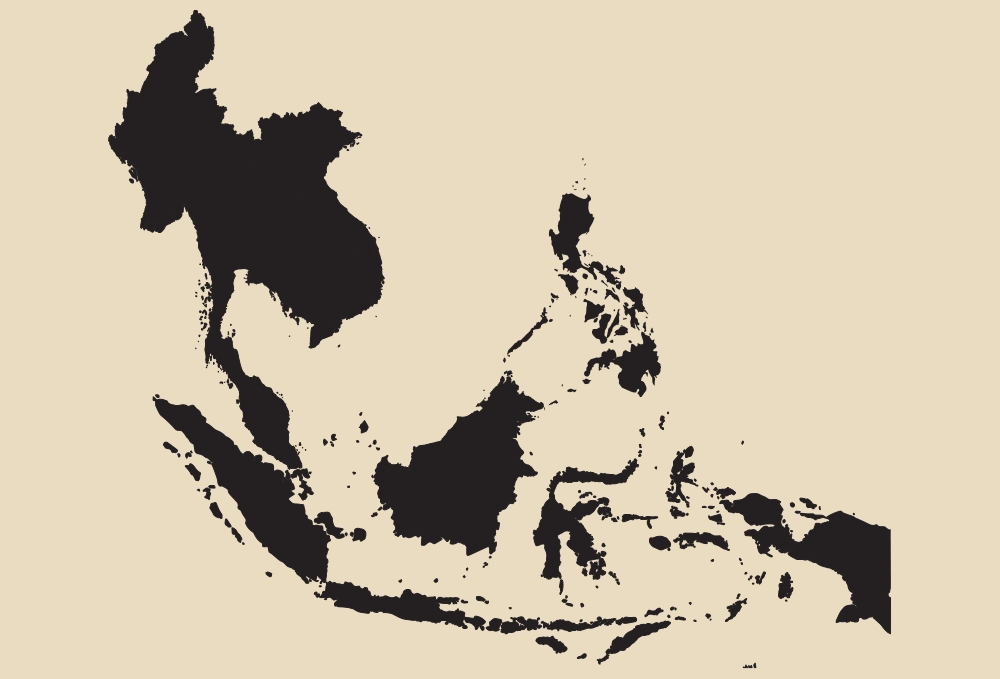


Large Flying Fox
he large flying fox (Pteropus vampyrus) is one of the world’s largest bat species, with a wingspan reaching more than five feet. Unfortunately, it’s also one of the most endangered, having disappeared from much of its historic range at an alarming rate in recent decades.
Originally found throughout much of Southeast Asia, the population decline of this species has occurred without attracting much attention, says Malaysian conservation ecologist Sheema Abdul Aziz, Ph.D., who began studying the large flying fox on the Malay Peninsula after she realized that it had become increasingly scarce. “Because it’s been historically recorded as being so widespread, it was never really considered to be under high threat, yet within the space of just one human generation, it went from being extremely common to suddenly becoming rare,” she says.
Together with biologist and wildlife conservationist Tammy Mildenstein, Ph.D., Sheema coordinated a new assessment of the species throughout Southeast Asia, which led to its status being upgraded on the IUCN Red List from Near Threatened to Endangered. “What we found was alarming,” she says. “They’re pretty much disappearing everywhere except maybe in the Philippines.”
The reasons are multifaceted. Like other members of the genus Pteropus, the large flying fox feeds exclusively on fruit, nectar, and flowers. It typically uses its keen vision, rather than echolocation, to navigate and can fly long distances while foraging. The species has historically been intensively hunted as food and traditional medicine. Deforestation significantly reduces its habitat and food sources, and increased contact with humans has led to persecution by fruit growers who consider bats to be agricultural pests. Addressing such issues is a top priority for Sheema and her colleagues. She notes they need more data to develop effective evidence-based interventions.
“We need to understand and address the reasons this bat is so heavily hunted,” Sheema says. “We also need to start talking to fruit growers and find ways to help protect their fruit trees without resulting in bat fatalities,” Sheema says.
Preserving vital habitats
Once the pandemic subsided, Sheema resumed her efforts but had to close Rimba due to funding limitations. She and Clements continued their conservation and lobbying work through a new enterprise, Nature-Based Solutions (NBS), partnering with a nongovernmental marine conservation organization, Reef Check Malaysia, which has experience working with communities and the government to manage island-protected areas.
The previous norm in Malaysia had been for the government to establish legal protection for a place and inform local communities afterward, which can lead to conflict and negative impacts on local livelihoods. Sheema and her colleagues assisted the Terengganu state government in holding stakeholder consultations to address potential issues in advance. Made possible with funding from BCI, the consultations have resulted in productive discussions and widespread engagement from local communities and other stakeholders such as tour operators, people who fish, and government agencies.
“The feedback we’re getting is that most of the stakeholders support the idea of legally protecting the island and managing it sustainably for tourism,” says Sheema. She anticipates that the island will receive legal protection by June 2024. If so, it will set an important precedent as the first time a protected area has been established in Malaysia to conserve bats and their habitat and the first time local people have been consulted prior to legal protection.
Protecting an essential role
In the long term, protecting the large flying fox will require multinational collaboration. Northern populations are shared between Malaysia and Thailand; southern populations are known to cross the Strait of Malacca to Indonesia, and the Strait of Johor to Singapore. “You can protect a population in Malaysia, but if they are crossing over to Sumatra and getting hunted out, then they’re never coming back,” Sheema says, noting the countries should ideally develop a unified, holistic plan to address species recovery at the regional level.
